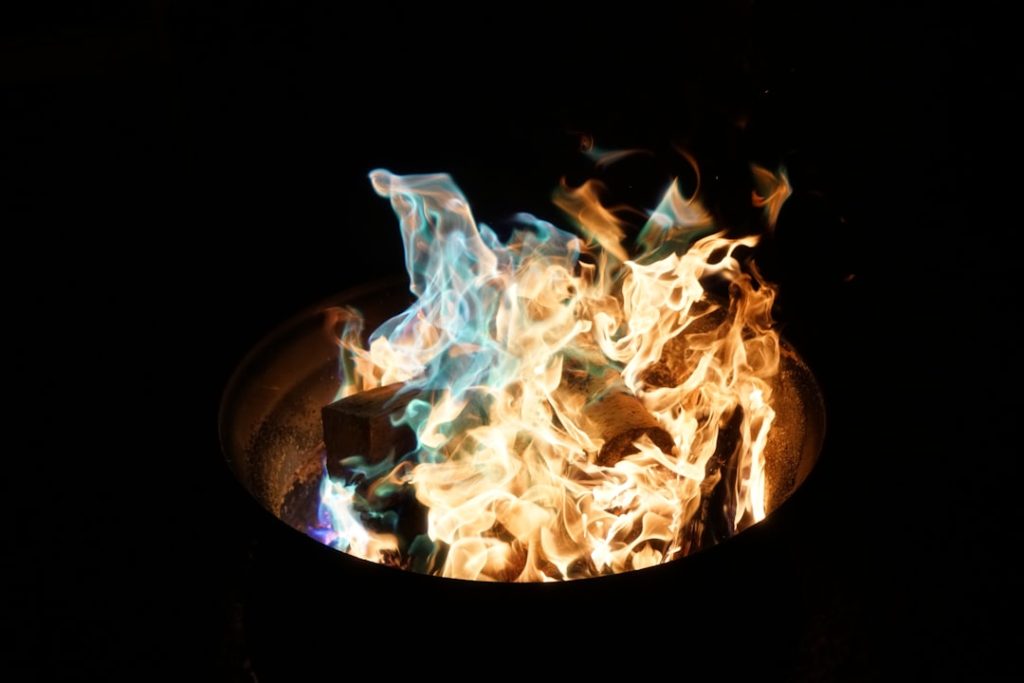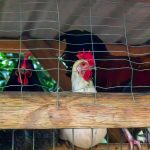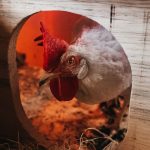Chickens have specific requirements for surviving cold weather, and understanding these needs is essential for maintaining the health and welfare of a flock during winter. While chickens are generally more cold-tolerant than heat-tolerant, they still need certain accommodations in colder climates. The optimal temperature range for chickens is between 45 and 75 degrees Fahrenheit.
When temperatures drop below freezing, additional measures are necessary to keep the flock warm and healthy. Cold weather can cause stress in chickens, potentially leading to reduced egg production, weight loss, and in severe cases, death if not properly managed. To ensure the comfort and well-being of chickens during winter, it is crucial to provide a dry, draft-free environment.
Wet and drafty conditions can result in respiratory problems and frostbite. Adequate shelter and insulation are important for protecting chickens from the cold. Access to natural sunlight and heat sources helps chickens maintain their body temperature and overall health during winter months.
Providing high-energy foods and encouraging physical activity are effective strategies for helping chickens generate and retain body heat in cold weather. By addressing these specific needs, chicken owners can help their flocks remain healthy and comfortable throughout the winter season. Proper care and attention to the chickens’ cold weather requirements can mitigate potential health issues and maintain productivity during the colder months.
Table of Contents
- 1 Providing adequate shelter and insulation
- 2 Using deep bedding for warmth
- 3 Utilizing natural sunlight and heat sources
- 4 Feeding high-energy foods to keep chickens warm
- 5 Encouraging movement and activity to generate body heat
- 6 Monitoring the flock for signs of cold stress
- 7 FAQs
- 7.1 What are some alternative methods to keep chickens warm without a heat lamp?
- 7.2 How can I insulate the coop to keep chickens warm?
- 7.3 What is deep bedding and how can it keep chickens warm?
- 7.4 Why is providing extra roosting space important for keeping chickens warm?
- 7.5 What are heated waterers and how can they help keep chickens warm?
Key Takeaways
- Chickens need extra care in cold weather due to their susceptibility to cold stress
- Adequate shelter and insulation are crucial for protecting chickens from harsh weather conditions
- Deep bedding provides warmth and insulation for chickens during cold weather
- Natural sunlight and heat sources can help keep chickens warm and healthy
- Feeding high-energy foods to chickens can help them generate body heat and stay warm
- Encouraging movement and activity in chickens can help them generate body heat and stay warm
- Regularly monitor the flock for signs of cold stress and take necessary actions to ensure their well-being
Providing adequate shelter and insulation
Insulating the Coop
Insulating the coop with materials such as straw, hay, or even foam board can help retain heat and keep the interior warm. Additionally, providing a windbreak around the coop can help protect chickens from harsh winter winds.
Providing Roosts and Nesting Boxes
In addition to the coop itself, it’s important to provide roosts for chickens to perch on at night. Roosts should be placed higher off the ground to keep chickens away from cold drafts and potential predators. Providing nesting boxes filled with clean, dry bedding can also help keep chickens warm and comfortable during the winter months.
Ensuring a Healthy and Warm Environment
By ensuring that their shelter is well-insulated and free from drafts, you can help your flock stay warm and healthy in cold weather.
Using deep bedding for warmth
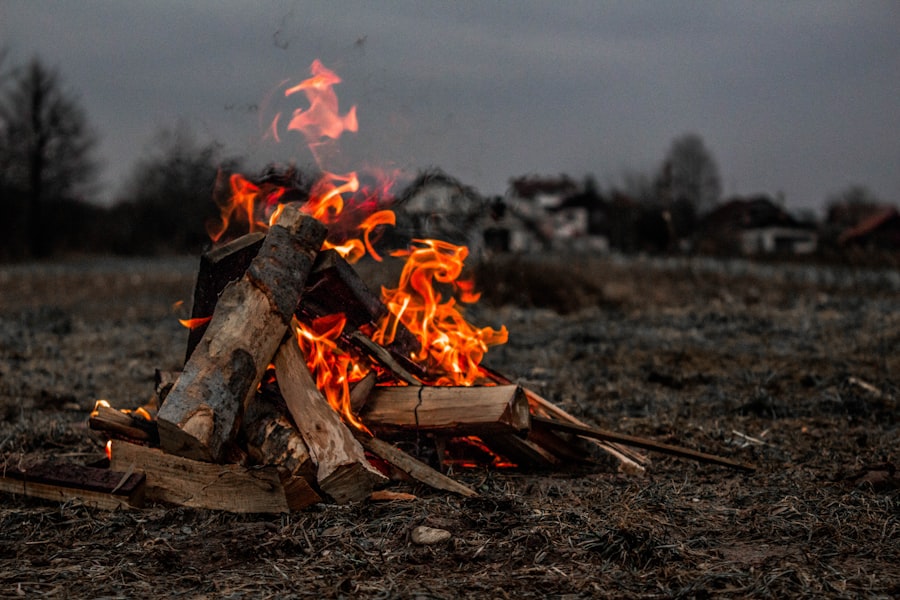
Deep bedding is a popular method for keeping chickens warm in cold weather. This involves adding a thick layer of bedding material such as straw, hay, or wood shavings to the floor of the coop. As chickens scratch and peck at the bedding, it creates heat through the decomposition process, helping to keep the coop warm.
Deep bedding also provides insulation from the cold ground and helps absorb moisture, keeping the coop dry and comfortable for the flock. In addition to providing warmth, deep bedding also offers other benefits for chickens. It provides a soft surface for them to walk on, reducing the risk of foot injuries and bumblefoot.
It also encourages natural behaviors such as dust bathing and foraging, which can help keep chickens active and healthy during the winter months. By using deep bedding in your coop, you can provide a warm, comfortable environment for your flock while also promoting their natural behaviors and well-being.
Utilizing natural sunlight and heat sources
Natural sunlight is an important source of warmth for chickens in cold weather. Positioning the coop so that it receives maximum sunlight during the day can help keep the interior warm and comfortable for the flock. Additionally, providing windows or skylights in the coop can help maximize natural light and warmth.
In addition to natural sunlight, providing supplemental heat sources can help keep chickens warm in cold weather. This can include heat lamps, heated perches, or heated waterers to prevent water from freezing. It’s important to use caution when using heat lamps, as they can be a fire hazard if not properly installed and monitored.
Additionally, providing too much supplemental heat can actually be detrimental to chickens, as it can prevent them from acclimating to colder temperatures and make them more susceptible to cold stress when they are outside of the coop. By utilizing natural sunlight and providing appropriate supplemental heat sources, you can help keep your flock warm and comfortable during the winter months while also minimizing potential risks.
Feeding high-energy foods to keep chickens warm
Feeding high-energy foods is an important strategy for keeping chickens warm in cold weather. When temperatures drop, chickens require more energy to maintain their body temperature, so providing a diet rich in carbohydrates and fats can help keep them warm and healthy. This can include feeding grains such as corn, oats, or barley, as well as high-fat foods like sunflower seeds or mealworms.
In addition to grains and fats, providing plenty of fresh water is crucial for keeping chickens warm in cold weather. Chickens need access to clean water at all times, as dehydration can make them more susceptible to cold stress. Using heated waterers or regularly replacing frozen water with fresh water can help ensure that your flock stays hydrated and healthy during the winter months.
By feeding high-energy foods and ensuring that your flock has access to plenty of fresh water, you can help keep your chickens warm and well-nourished during the colder months.
Encouraging movement and activity to generate body heat
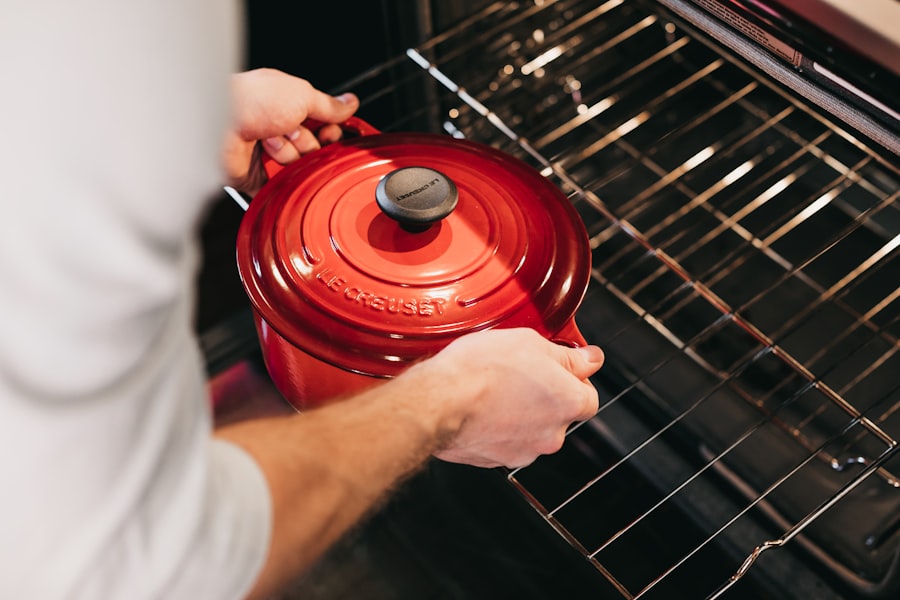
Providing Space for Natural Behaviors
Providing ample space for your flock to move around and engage in natural behaviors such as scratching, pecking, and dust bathing can help keep them active and healthy during the winter months.
Enrichment Activities for Engagement
In addition to providing space for movement, offering enrichment activities such as hanging treats or toys can help keep chickens engaged and active during colder weather. This can include hanging cabbage or other vegetables for them to peck at, or providing objects for them to peck or play with.
Promoting Well-being and Health
By encouraging movement and activity, you can help your flock stay warm and healthy during the winter months while also promoting their natural behaviors and well-being.
Monitoring the flock for signs of cold stress
Monitoring the flock for signs of cold stress is crucial for ensuring their health and well-being during the winter months. Signs of cold stress in chickens can include huddling together for warmth, decreased egg production, lethargy, pale combs and wattles, shivering, or even frostbite on their extremities. If you notice any of these signs in your flock, it’s important to take immediate action to address their needs.
This may include providing additional insulation or heat sources in the coop, adjusting their diet to include more high-energy foods, or taking other measures to ensure their comfort and well-being. By monitoring your flock for signs of cold stress and taking proactive steps to address their needs, you can help ensure that they stay healthy and comfortable throughout the winter months. Regular observation of your flock will allow you to make necessary adjustments to their environment or care routine as needed.
In conclusion, understanding the needs of chickens in cold weather is essential for ensuring their health and well-being during the winter months. By providing adequate shelter and insulation, utilizing deep bedding for warmth, maximizing natural sunlight and heat sources, feeding high-energy foods, encouraging movement and activity, and monitoring the flock for signs of cold stress, you can help keep your flock warm and healthy throughout the colder seasons. With proper care and attention to their needs, your chickens can thrive even in chilly temperatures.
If you’re looking for alternative ways to keep your chickens warm without using a heat lamp, you might also be interested in learning about the best foods to feed your ducks. Check out this article on what to feed ducks to ensure they stay healthy and happy during the colder months.
FAQs
What are some alternative methods to keep chickens warm without a heat lamp?
Some alternative methods to keep chickens warm without a heat lamp include insulating the coop, using deep bedding, providing extra roosting space, and using heated waterers.
How can I insulate the coop to keep chickens warm?
You can insulate the coop by adding extra layers of bedding, sealing any drafts, and using insulating materials such as straw or hay.
What is deep bedding and how can it keep chickens warm?
Deep bedding involves adding a thick layer of bedding material such as straw or wood shavings to the coop floor. As the bedding decomposes, it generates heat which can help keep the chickens warm.
Why is providing extra roosting space important for keeping chickens warm?
Chickens huddle together on the roosting bars at night to conserve body heat. Providing extra roosting space allows them to huddle together more closely, keeping each other warm.
What are heated waterers and how can they help keep chickens warm?
Heated waterers are designed to prevent water from freezing in cold temperatures. By providing access to unfrozen water, heated waterers help chickens stay hydrated and maintain their body temperature.
Meet Walter, the feathered-friend fanatic of Florida! Nestled in the sunshine state, Walter struts through life with his feathered companions, clucking his way to happiness. With a coop that’s fancier than a five-star hotel, he’s the Don Juan of the chicken world. When he’s not teaching his hens to do the cha-cha, you’ll find him in a heated debate with his prized rooster, Sir Clucks-a-Lot. Walter’s poultry passion is no yolk; he’s the sunny-side-up guy you never knew you needed in your flock of friends!

